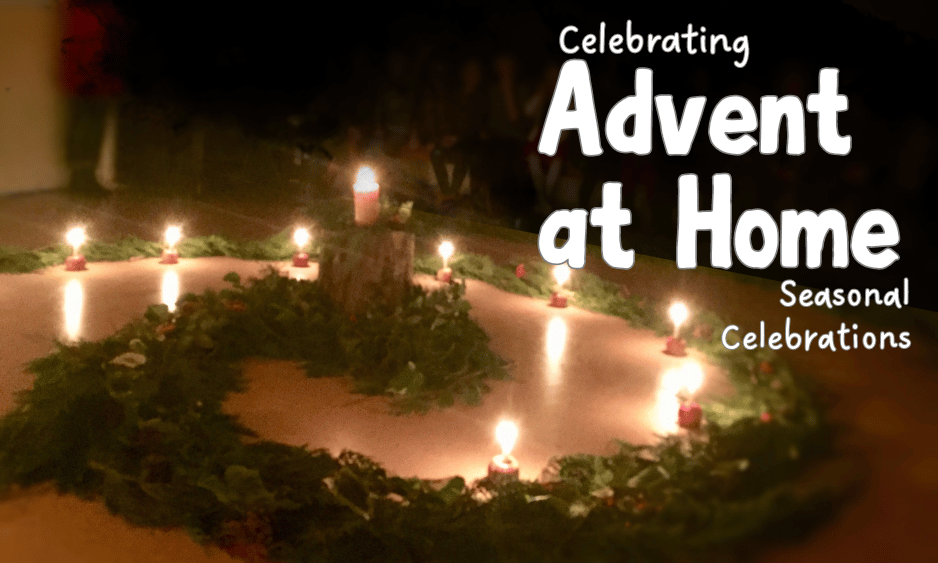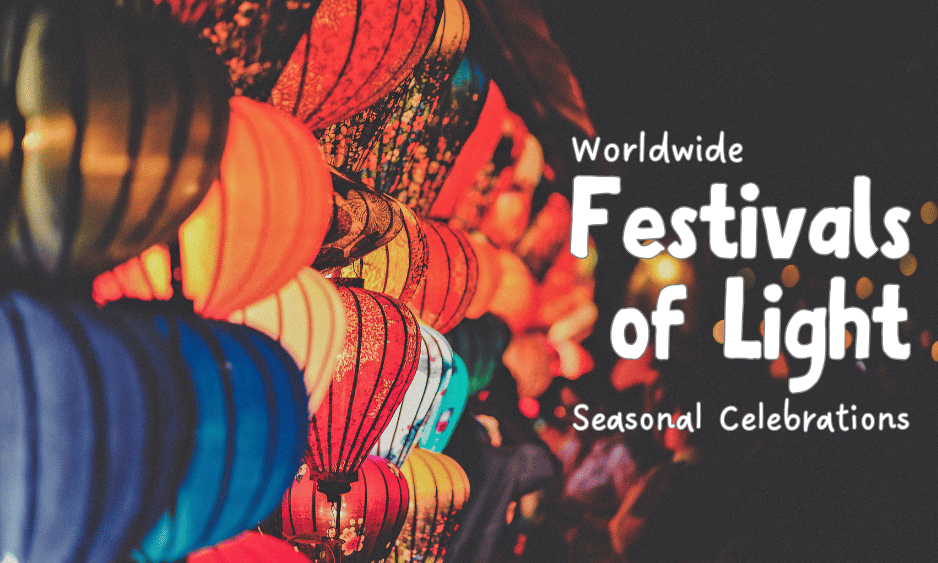|
Seasonal festivals serve to connect humanity with the rhythms of nature. For children, these festivals mark the seasons with joy and anticipation for preparing for these celebrations.
No matter what your faith, this is a guide to celebrating Advent. Advent takes place on the four Sundays that lead up to Christmas. Many people celebrate Advent and do not celebrate Christmas at all. The two need not be linked.
0 Comments
Since Autumn began, there has been a steady diminishing of the sunlight in our lives. This yearly transition has been calling us to kindle the light within ourselves. We have talked about the Festival of Courage in September as a way to ignite a flame that brings courage into the coming darkness. We then discussed celebrating the Festival of Compassion or the Lantern Festival in November as a way to honour the light we have been carrying within us and how that expands and burns brighter in our communities.
|
BlogExplore schedules, rhythms & routines, songs, music, festivals, free play, meals, projects & more to support your homeschooling program.Categories
All
Archives
July 2024
|
You might be wondering... |
Visit us on Teachers Pay Teachers© COPYRIGHT 2020. ALL RIGHTS RESERVED
Serving your worldwide educational needs from Comox Valley, BC, Canada. |



 RSS Feed
RSS Feed